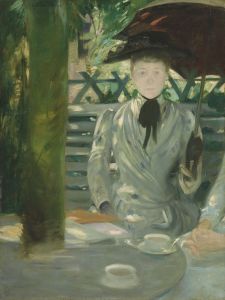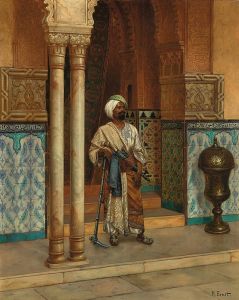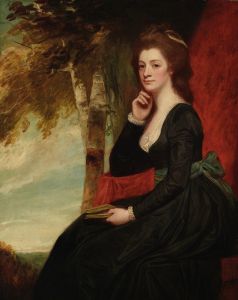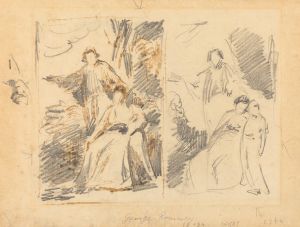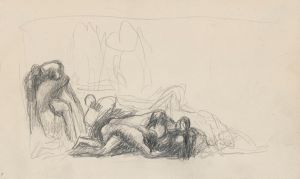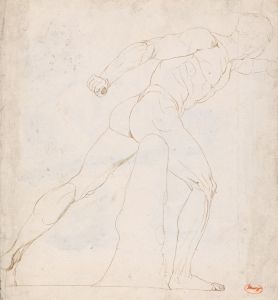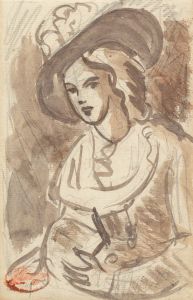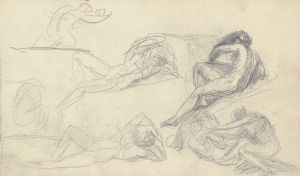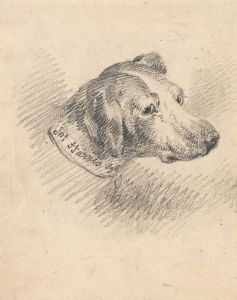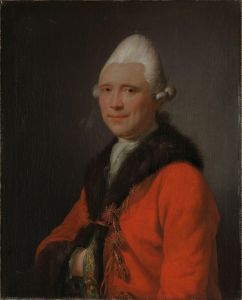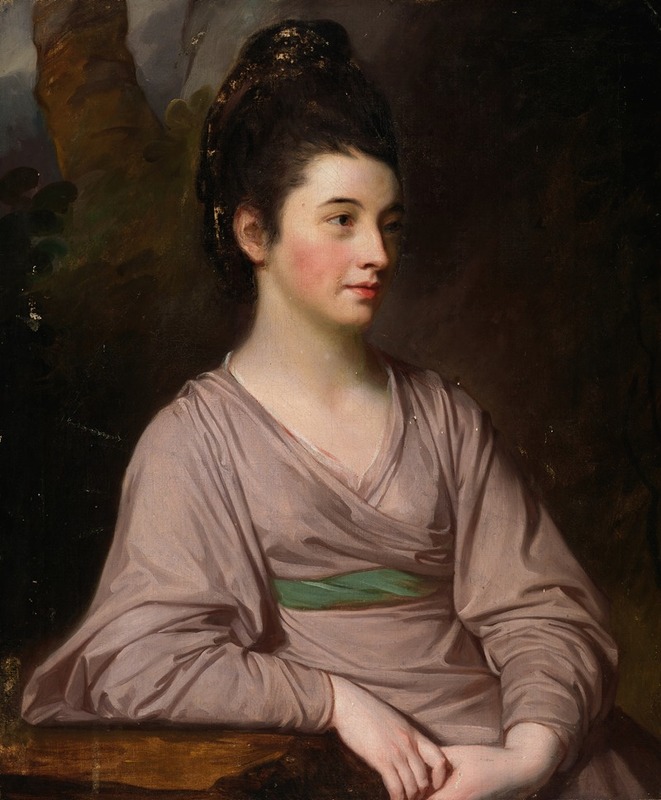
Miss Kirkpatrick
A hand-painted replica of George Romney’s masterpiece Miss Kirkpatrick, meticulously crafted by professional artists to capture the true essence of the original. Each piece is created with museum-quality canvas and rare mineral pigments, carefully painted by experienced artists with delicate brushstrokes and rich, layered colors to perfectly recreate the texture of the original artwork. Unlike machine-printed reproductions, this hand-painted version brings the painting to life, infused with the artist’s emotions and skill in every stroke. Whether for personal collection or home decoration, it instantly elevates the artistic atmosphere of any space.
George Romney was a prominent English portrait painter in the late 18th century, known for his distinctive style and his ability to capture the elegance and character of his subjects. Among his many works is the portrait titled "Miss Kirkpatrick," which exemplifies his skill in portraiture and his contribution to the art of his time.
"Miss Kirkpatrick" is a portrait that showcases Romney's adeptness at capturing the grace and poise of his sitters. Although specific details about the identity of Miss Kirkpatrick are sparse, the painting itself is a testament to Romney's ability to convey personality and status through his art. The portrait likely dates from the period when Romney was at the height of his career, a time when he was highly sought after by the British elite for his ability to create flattering yet insightful representations.
Romney's style is characterized by a soft, almost ethereal quality, achieved through his use of light and shadow. In "Miss Kirkpatrick," this is evident in the delicate rendering of the subject's features and the subtle play of light across her face and attire. The background of the portrait is typically understated, a common feature in Romney's work, which serves to focus attention on the sitter. This approach not only highlights the subject's features but also imbues the painting with a sense of timeless elegance.
The clothing and hairstyle depicted in the portrait reflect the fashion of the late 18th century, providing a glimpse into the sartorial choices of the period. Romney was known for his attention to detail in rendering fabrics and textures, and "Miss Kirkpatrick" is no exception. The careful depiction of the clothing adds to the overall impression of refinement and sophistication.
George Romney's portraits were highly regarded for their ability to capture the essence of the sitter while also appealing to the aesthetic sensibilities of the time. His work, including "Miss Kirkpatrick," contributed to the development of portrait painting in Britain, influencing contemporaries and future generations of artists. Romney's portraits were not just likenesses; they were carefully crafted images that conveyed the social standing and personality of the sitter, making them highly valued by his patrons.
While specific historical records about Miss Kirkpatrick herself may not be readily available, the portrait remains an important piece within Romney's oeuvre. It serves as an example of his mastery in portraiture and his ability to create works that are both beautiful and insightful. Today, Romney's portraits, including "Miss Kirkpatrick," are appreciated not only for their artistic merit but also for their historical significance, offering a window into the world of 18th-century Britain.
In summary, "Miss Kirkpatrick" by George Romney is a fine example of 18th-century British portraiture, showcasing the artist's skill in capturing the elegance and character of his subjects. While details about the sitter may be limited, the painting itself stands as a testament to Romney's enduring legacy in the art world.






